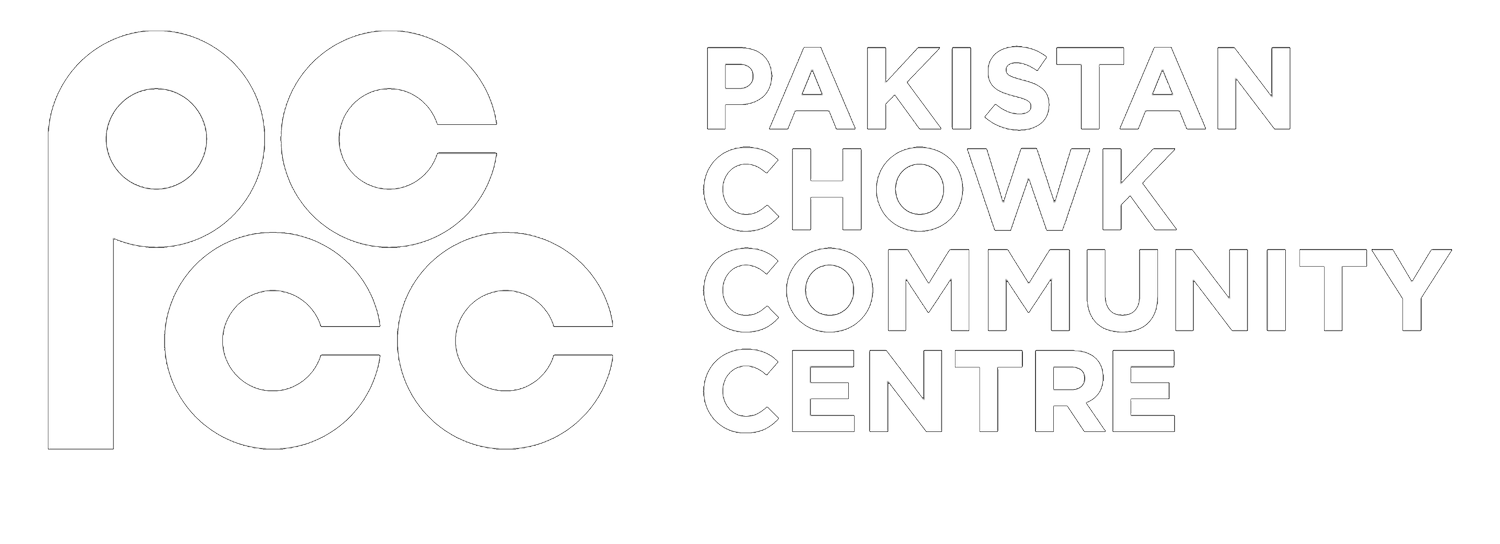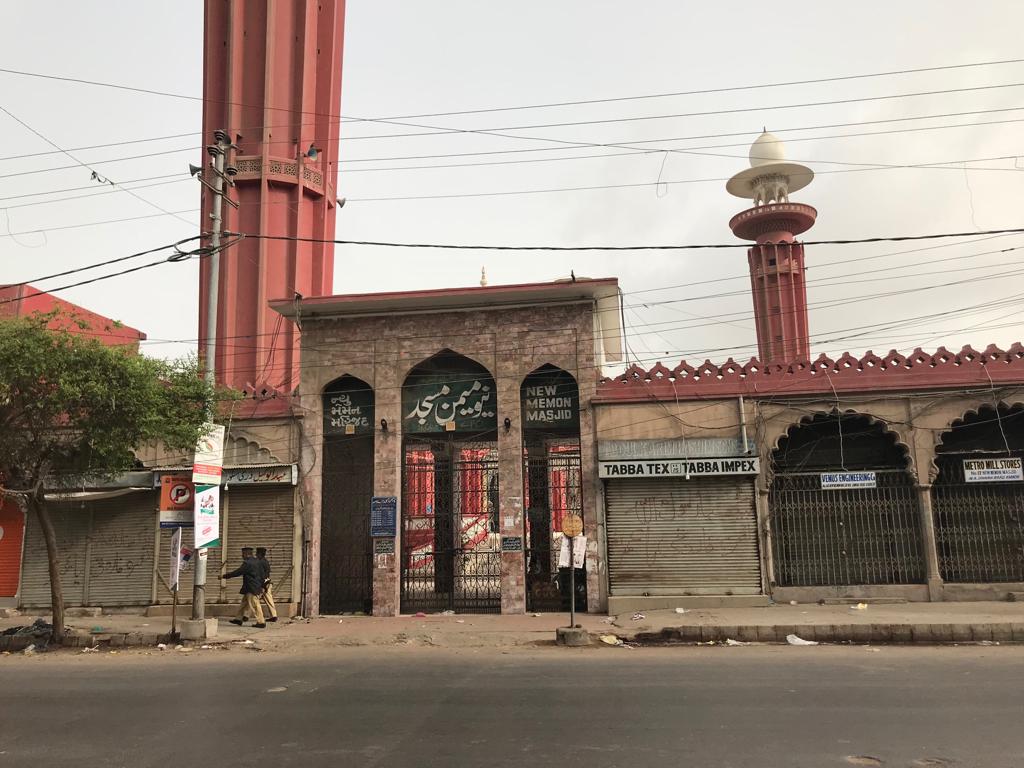Written by Eman Farhan
The Lyceum School, Karachi
Darya Lal Mandir near Pursukoon Chowk.
Michel Foucault’s concept of heterotopia explains spaces where, in the words of Walter Russel Mead, “things are different.” That is, an amalgamation of objects, people, artefacts and buildings which are usually not together, forming the “other.” After my recent heritage walks across MA Jinnah Road and the inner city of Karachi’s Old Town, my observations connected with a principle of heterotopia named heterotopia of time, and the general “other” that is the basis of heterotopia.
A heterotopia of time is described as a space which encloses, in one place, objects from all times, hence existing in time and out of time. Almost, one can say, being resistant to time itself as it houses mounds of history. Across MA Jinnah Road, starting from Karachi Municipal Corporation and right until Pursukoon Chowk and Karachi Port Trust, Heritage Walk Karachi’s Team mapped and collected the history of buildings and markets. Full to the brim with temples and mosques, different shops, houses atop commercial areas with the paint chipping, water troughs and more, one thing stood out to me-difference.
New Memon Mosque on MA Jinnah Road.
Each building is connected through its colonial history and architecture, with similar pillars and arches across MA Jinnah Road. Yet, in present time, they are constantly changing and diverge from one another. The Shri Swaminayaran Mandir is a relatively closed off space, with a strict no photograph policy, but open to whoever wishes to go inside and worship, or observe. This temple, compared to the Memon Masjid further down the road, differs greatly. With the difference of religion and the general treatment of minorities in the Muslim majority of Pakistan, the space changes completely. There is an understandable sense of initial apprehensiveness at the entrance, but a welcoming atmosphere past it. For a close-knit community, the temple also offers housing and a library, almost making it a public space for those living in that compound specifically. What makes it part of the larger heterotopia of time is that with activism and research groups, or just individuals who would like to know more about their city than just the life and culture of the majority, more “other” people enter and occupy this public space, of all ages. A public space within a public space, it co-exists with other religious spaces.
The concept of the “other” is much larger in this day and time and is ever expanding. Class differences, gender, sexual and religious minorities and their experiences may constitute the “other” of society. Looking at a more micro, individual level, an individual’s experiences are bound to differ from another’s, be it through individual circumstances or the influence of macro constructs like class and gender. Inflation rates and the growing polarization of classes with the growing middle class of Karachi all indicate change and difference. On MA Jinnah Road, one can see expensive cars heading towards offices on I.I Chundrigar Road next to a merchant on a donkey cart, passing by a dhaba under the shade of a tree where masses of shopkeepers sit and chat. The small presence, (now hopefully growing) of women in this public space also adds to the concept of otherization as most of Karachi, let alone MA Jinnah Road’s public spaces are dominated by men. Division after divisions that are so evident and integrated into public spaces all point to Karachi’s MA Jinnah Road being a heterotopia. New, modern practices and ways of life set within decade old monuments, buildings, spaces and people all point toward it being a heterotopia of time.


